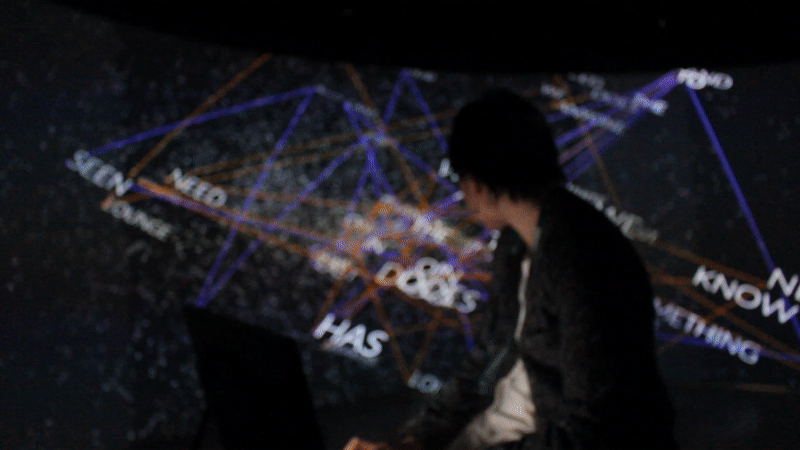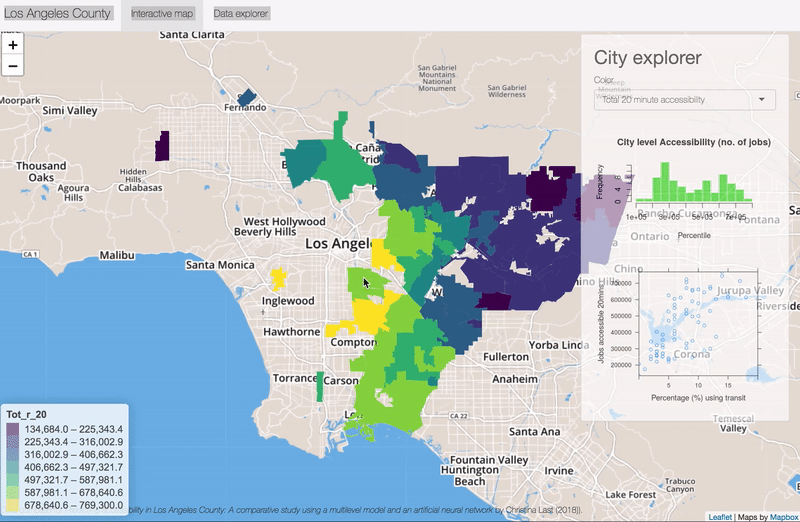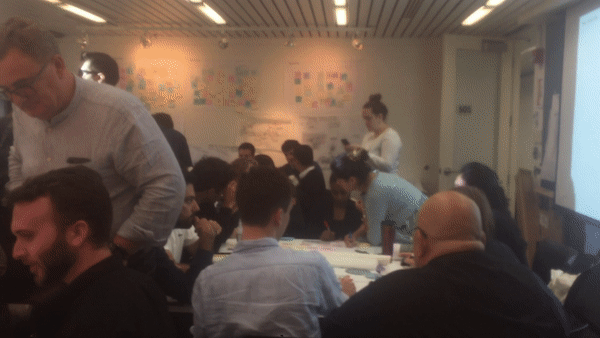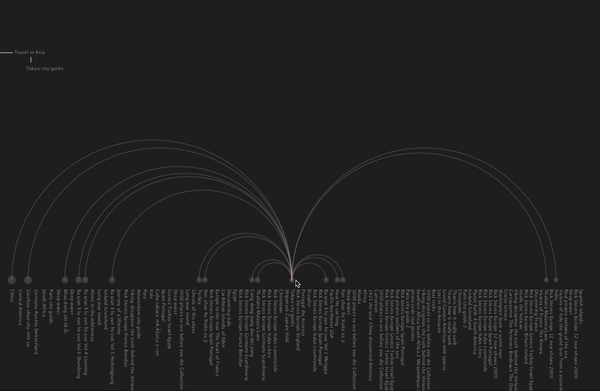Citiblox
AI-powered modular pavers as a form of adaptable street infrastructure
CHALLENGE
To offer a smart, modular infrastructure solutions to tackle the challenge of outdated infrastructure in developed urban areas.
PROJECT
Citiblox, a series of modular pavers, fit together like a jigsaw, and contain sensors to measure environmental and pedestrian activity from an individual citiblox.
To offer a smart, modular infrastructure solutions to tackle the challenge of outdated infrastructure in developed urban areas.
PROJECT
Citiblox, a series of modular pavers, fit together like a jigsaw, and contain sensors to measure environmental and pedestrian activity from an individual citiblox.
DETAILS
International finalist in the James Dyson Award in September 2019.
National finalist in the Global Grand Challenges Summit in September 2019.
Regional finalist in the ICE Pitch 200 in September 2019.
International finalist in the James Dyson Award in September 2019.
National finalist in the Global Grand Challenges Summit in September 2019.
Regional finalist in the ICE Pitch 200 in September 2019.
As cities grow, the demands and needs of the populations that dwell in them change. The function of different city spaces change throughout the day, months and years but static, outdated infrastructure cannot accommodate those needs.
Furthermore, although we are living closer to one-another, urban isolation and depression are increasing. For example, 55% of Londoners admit feeling lonely sometimes, and one reason for this is the decreasing availability of ‘true public space’.
At Citiblox, we believe start-ups and incumbents create mutual value by driving transformative change in cities, and that our streets provide a physical and digital platform for collaboration.
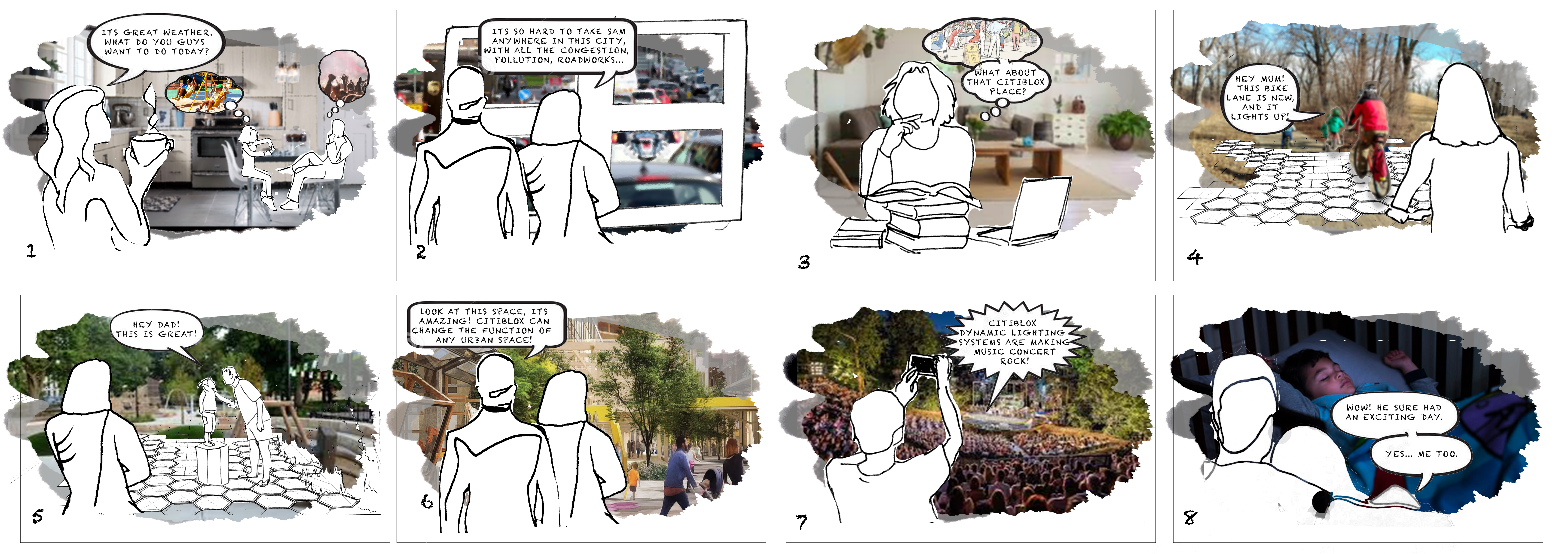
Process 1: Introduction
To address the challenges associated with the rapid change in the behaviours of urban populations, ‘Smart Cities’ are seen as a solution. Whilst the promise of smarter, faster cities appears to open countless possibilities is surely desirable, ‘Smart cities’ is not an easy solution. The lack of collaboration between stakeholders is the biggest barrier to solving these challenges, not the availability of tech.
Citiblox, a series of modular pavers, fit together like a jigsaw, and contain sensors to measure environmental and pedestrian activity from an individual citiblox. Citiblox technology uses a plug and play system for easy installation and removal, as individual citiblox can be replaced in a matter of minutes. This presents urban stakeholders with a powerful and cost-effective form of adaptable street infrastructure.
Process 2: Technology
Citiblox works by harnessing the energy from footsteps to power internal sensors. Essentially, each citiblox contains a power generation system, an array of sensors and a connectivity module. Our sensors measure local temperature, humidity, air quality, and pedestrian flow all in real time throughout the day.
Citiblox, a series of modular pavers, fit together like a jigsaw, and contain sensors to measure environmental and pedestrian activity from an individual citiblox. Citiblox technology uses a plug and play system for easy installation and removal, as individual citiblox can be replaced in a matter of minutes. This presents urban stakeholders with a powerful and cost-effective form of adaptable street infrastructure.
Process 3: Results
Our ability to work across all touch-points — whether structural or digital, human or electronic — has helped inform the design of new and existing spaces, and the way that they work. We are working with We the Curious (the UK’s largest interactive Science Museum) to develop a kinetic pavement installation outside their main entrance, inviting guests to explore and play with the novel idea of dynamic, modular paving installations.
Our partnership with The Circle explores the feasibility of Citiblox in one of Bristol’s busiest road junctions, encouraging us to address the critical challenge of air quality and urban resilience. At Citiblox, we integrate real-time air quality, temperature and humidity monitoring into our pavers, and communicate the environmental quality of public spaces through real time haptic lighting.

Process 4: Conclusions
The idea for Citiblox started from a design sprint a founding member led at Harvard University on emerging urban technology. Collectively, we were inspired by the idea of modular street design, after returning to Bristol, we brought together a team of 40 engineers from the Computer Science, Structural and Electrical Engineering departments, to help turn this idea into reality.
The team operates using a bi-monthly sprint cycle, as well as weekly leadership and individual team meetings. Thanks to the hard work of our team we designed and prototyped an initial model.
Find out more about the project at our website and follow our medium blog.
